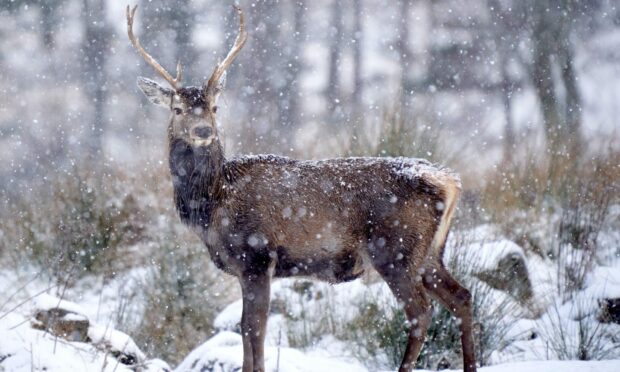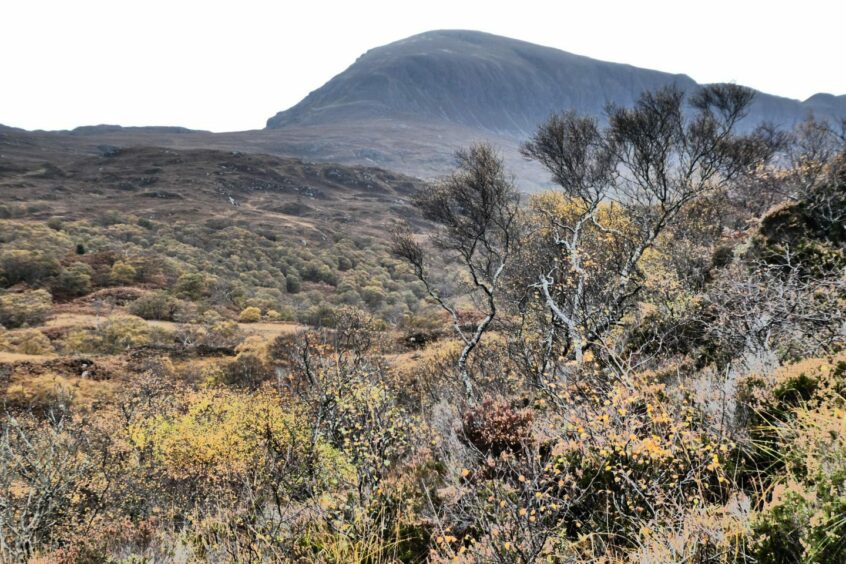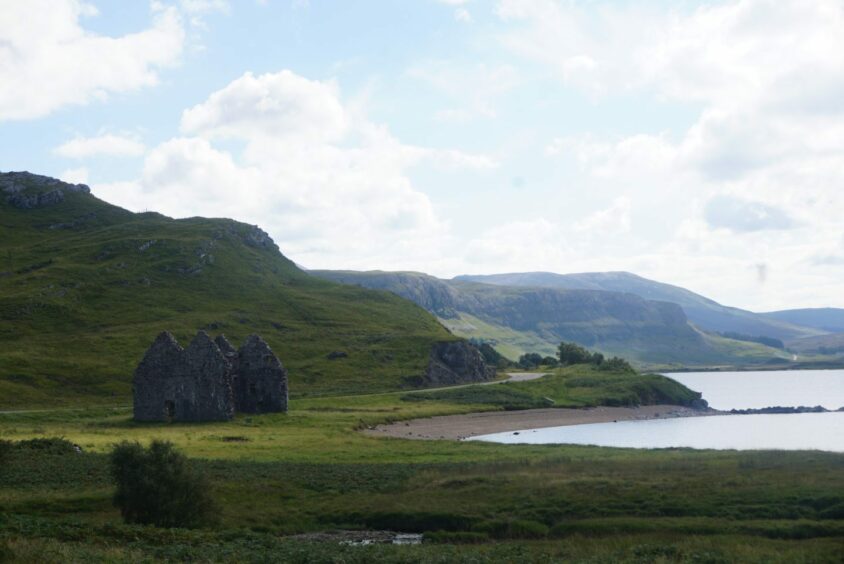A bitter fight over deer culling has broken out, pitting environmental concerns against community sustainability in Assynt.
The Scottish Gamekeepers Association (SGA) has called for a “malicious” deer cull, authorised by an out-of-season licence, to be suspended.
It says licence holders, The John Muir Trust, has enraged the Assynt community by undertaking a deer cull on its property at Quinag to protect a small number of trees.
However, the trust has said, while it will not name landowners, it is concerned about people putting profits from deer stalking over the protection of ancient trees.
There are concerns deer are eating saplings, which is in turn destroying one of the last remnants of Scotland’s Atlantic rain forest.
Out-of-season cull licence
In a bid to protect the forest, which accounts for a dozen or so trees, the trust applied for an out-of-season cull licence.
The wild deer in the area roam freely over last swathes of land.
On the other hand, the SGA claims that each deer carcass is worth £1,000 to the local community – and the killing of deer under the licence – is a loss of £30,000 to the local community.
In 2015, crofters accused the trust of culling 86 deer and leaving them to rot on a hillside, and later the Scottish Government was asked to intervene.
At the time, the government said it was for land managers to work together to ensure that all aspects of the public interest are safeguarded in the way that deer are managed
The Assynt Crofters Trust (ACT), which achieved a famous community buy-out in 1993, have labelled the scheme “gratuitous killing of deer”. It claims it will have direct, long lasting and detrimental effect on all of the charity’s neighbours.
The Scottish Gamekeepers Association (SGA), which represents professional deer stalkers in Assynt, has backed a call for the out-of-season licence granted to John Muir Trust to be suspended until the scheme is properly evaluated.
‘Seriously imperiling employment’
Lea MacNally, of the SGA deer group said: “The SGA backs the suspension of the out-of-season licence until this project, and its potential impacts, can be evaluated properly.
“The community are not against tree regeneration, as has been demonstrated on their own ground, but this scheme has the potential to seriously imperil employment and cut off much needed income streams with scant justification for any real environmental gain.”
John Muir Trust’s chief executive, David Balharry said its responsibility was to the nation, as a whole, to manage the land under its stewardship to the highest environment standards.
He said: “The trees we look after across Quinag are among last remaining fragments of Scotland’s Atlantic rain forest.
“Because of severe grazing pressure from high deer numbers, young trees are failing to regenerate, and the woodland is now in an ‘unfavourable and declining’ condition.
“To ensure the survival of this internationally important habitat, we have been granted authorisations by the Scottish Government agency NatureScot that will allow us to reduce deer numbers to a sustainable level.
“In time, we expect to see a flourishing woodland across this part of the Atlantic coast for centuries to come, which will deliver multiple benefits for climate, wildlife, the local community and visitors to the area.”
He continued: “The trust has always refrained from attacking individual landowners, even where we believe that their narrow focus on sport shooting is environmentally damaging.
“Instead, we focus on supporting the Scottish Government’s efforts to bring about a step change nationally, so that our land can recover from centuries of ecological destruction inflicted for the benefit of a narrow elite.”


